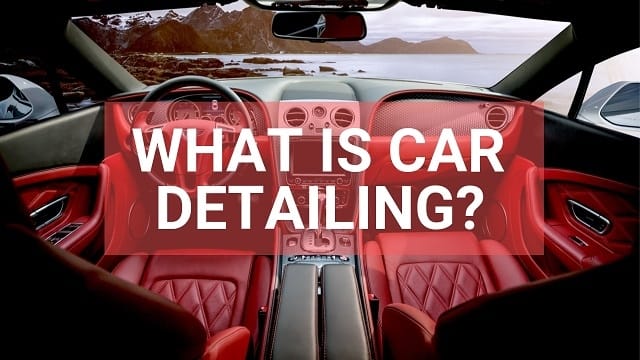
|
|
Generally, the correct definition for the term car detailing is to meticulously clean, polish and protect all parts of a vehicle from top to bottom, inside and out, using specialist tools and products that would not normally be used by your typical car cleaner. It does not however, include paintwork and body repairs although sometimes light cosmetic restorative work will be undertaken, for example stone chip touch ups and clear coat wet sanding, depending on the condition of the vehicle and the detailer in question. The main area and aim of car detailing is to fully enhance and restore the vehicles paintwork by eliminating light scratches and swirl marks that have been inflicted over time and that reflect the light in such a way that they give an unsightly cob webbing effect on the surface of the paint or clear coat. Specialist brushes and wheel cleaning products are used to remove grime and baked on brake dust from all areas of the wheels and wells/arches including suspension components, brake calipers, around lug nuts and even from the wheel rears. After the wheels and arches have been thoroughly cleaned, the paintwork can then be washed from top to bottom using plush wash mitts instead of sponges and soft micro fiber towels instead of chamois leathers in conjunction with the two bucket technique and grit guards, which all help to prevent any damage (in the form of light scratches and swirl marks) from being inflicted. The complete wash process including the wheels and arches can take anywhere up to two hours to complete, depending on the size and condition of the vehicle. After washing, paintwork is clayed using a specialist automotive clay bar and lubricant which gently removes any bonded surface contaminants that washing alone cannot remove. This is an important step in the car detailing process as these contaminants can hinder the polishing process and prevent a top quality finish from being achieved. |

 Angelmagazin Köln Bonn
Angelmagazin Köln Bonn Thema drucken
Thema drucken 11.12.2020 04:59 (zuletzt bearbeitet: 11.12.2020 04:59)
11.12.2020 04:59 (zuletzt bearbeitet: 11.12.2020 04:59)



 Antworten
Antworten